SGGP
On November 6, Israeli military spokesman Brigadier General Daniel Hagari said the Golani Brigade had completed the siege of Gaza City, the capital of the Gaza Strip, and advanced to the coast of this territory.
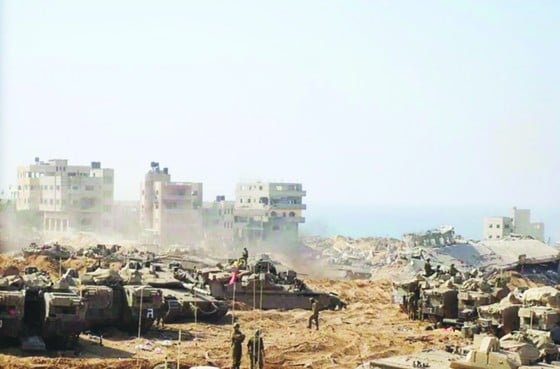 |
| Israeli tanks and soldiers surround and isolate Hamas stronghold in the Gaza Strip. Photo: REUTERS |
Gaza Strip split in two
According to Brigadier General Hagari, this is a “significant step forward” in increasing pressure on Hamas forces and marks the completion of the division of the Gaza Strip into two northern and southern regions. Mr. Hagari also called on civilians in the northern Gaza Strip to quickly move south and stated: “We are increasing the attacks with very strong measures”. According to Israeli media, the army will enter Gaza City, considered a Hamas stronghold, after completing the siege of the city.
Splitting Gaza is Israel's strategy to isolate and tighten its grip on Hamas. However, military analysts warn that Israel will face greater challenges when entering Gaza City due to urban warfare. Hamas is believed to have built a complex tunnel system under Gaza City. Israel will be at a disadvantage and vulnerable to ambushes when conducting urban warfare in such a situation.
According to Palestinian media, Gaza suffered an unprecedented large-scale attack by Israel on the night of November 5. Meanwhile, Gaza's entire telecommunications and internet systems were disrupted. This is the third time this has happened, leaving Gaza almost isolated from the outside world amid an increasingly severe humanitarian crisis.
Gaza officials say Israel is continuing its heavy bombardment of areas near several hospitals in the northern Gaza Strip. The Internet access advocacy group NetBlocks.org and Palestinian telecommunications company Paltel confirmed “connectivity breakdowns” across the Gaza Strip, which could complicate the transmission of details about the new phase of Israel’s military offensive, the Associated Press reported on November 6.
Call for ceasefire ineffective
As planned, on November 6 (US time), the United Nations Security Council convened an emergency meeting on the conflict in the Gaza Strip at the request of the United Arab Emirates (UAE) and China. At the same time, the leaders of 18 important UN agencies issued a joint statement calling on Hamas to release more than 240 hostages it has taken, asking both sides to respect their obligations under international law when conflicts occur, and calling on the international community to provide more food, water, medicine and fuel to the Gaza Strip to support the people there.
CIA Director William Burns will visit Israel next week to discuss the country’s armed conflict with Hamas, the Times of Israel reported. Burns will also travel to Qatar, the UAE and Egypt to discuss efforts to free hostages held by Hamas and repatriated to Gaza, the sources said.
On November 5, the US Central Command (CENTCOM) released images of B-1 bombers - aircraft capable of carrying nuclear weapons - operating in the Middle East. Previously, the US revealed information about deploying Ohio-class nuclear submarines to this region. Ohio submarines are nuclear-powered and carry nuclear weapons with great deterrence, always deployed with special operations forces.
Analysts say the US announcement of two of its nuclear triads in the Middle East shows Washington’s unprecedented deployment in the region. The US nuclear triad includes nuclear bombs on strategic bombers, nuclear missiles on submarines and ballistic missiles on land.
Source






![[Photo] "Beauties" participate in the parade rehearsal at Bien Hoa airport](https://vstatic.vietnam.vn/vietnam/resource/IMAGE/2025/4/11/155502af3384431e918de0e2e585d13a)
![[Photo] Looking back at the impressive moments of the Vietnamese rescue team in Myanmar](https://vstatic.vietnam.vn/vietnam/resource/IMAGE/2025/4/11/5623ca902a934e19b604c718265249d0)






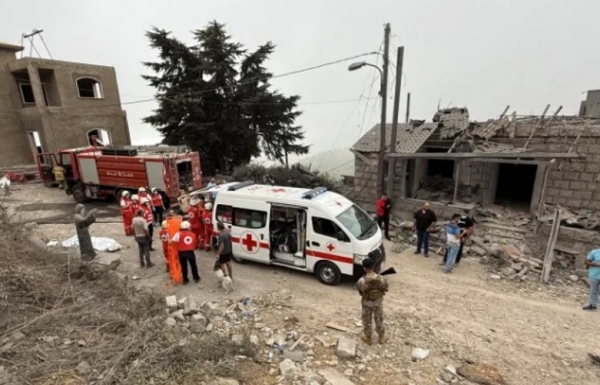

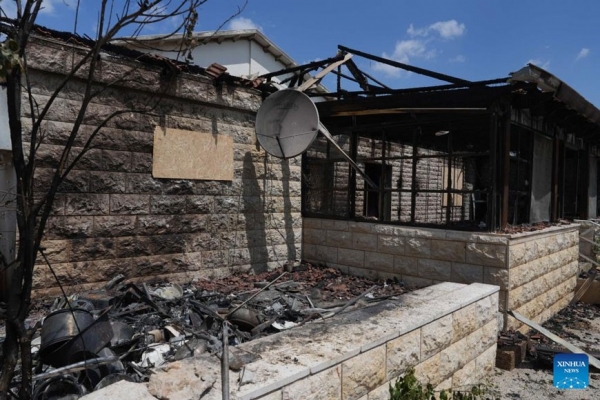


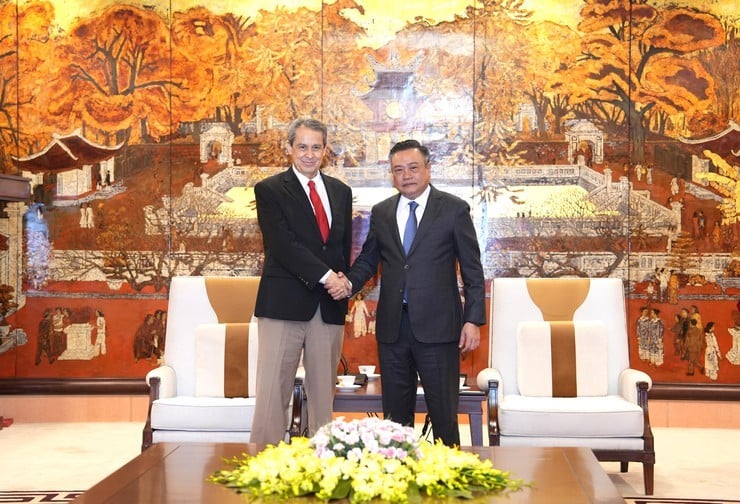


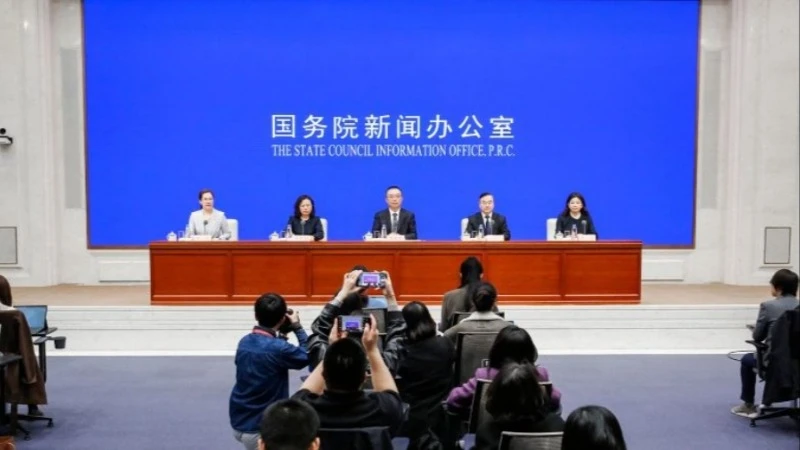
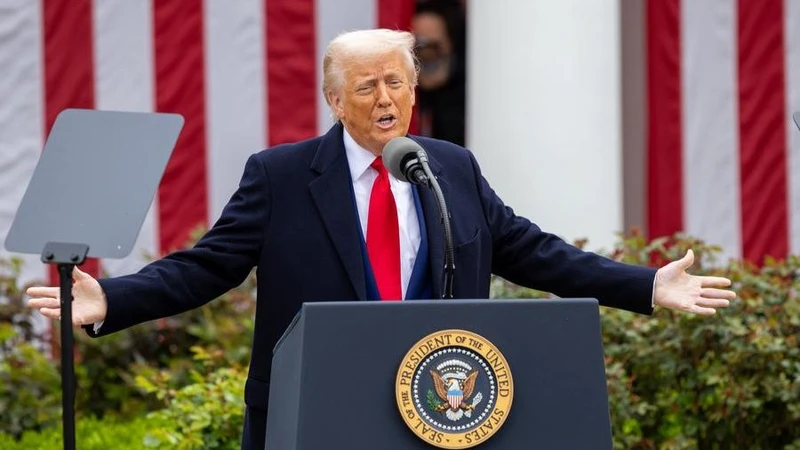








![[Photo] Summary of parade practice in preparation for the April 30th celebration](https://vstatic.vietnam.vn/vietnam/resource/IMAGE/2025/4/11/78cfee0f2cc045b387ff1a4362b5950f)


















































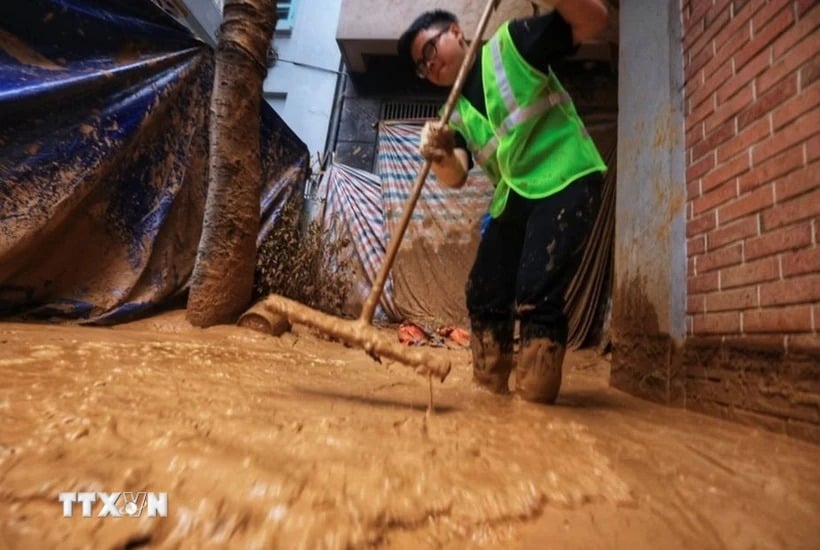













Comment (0)